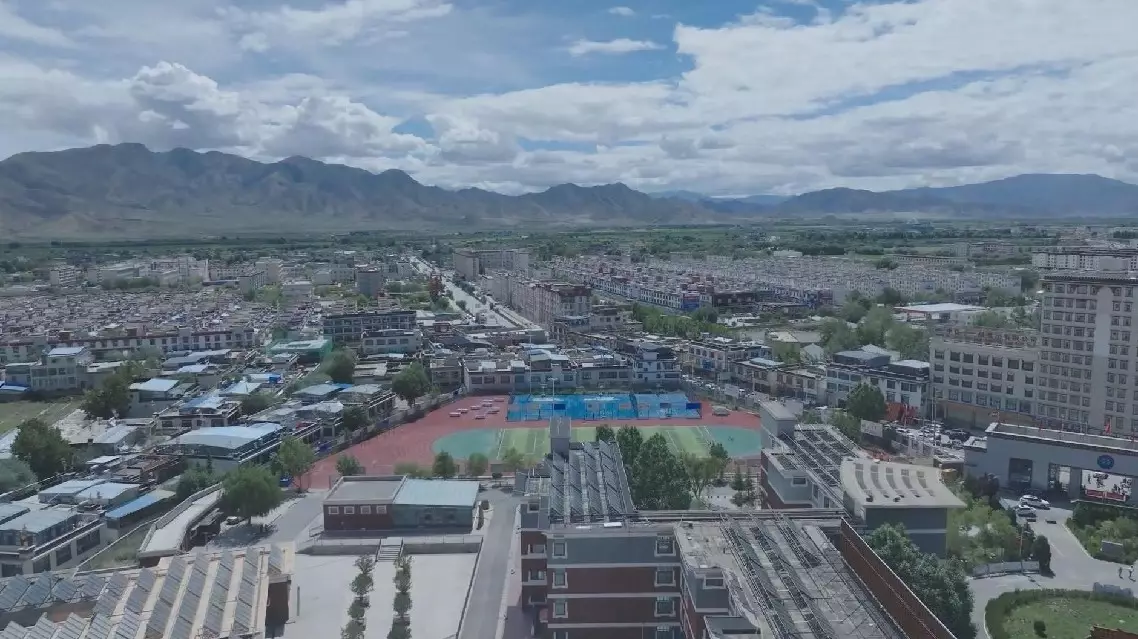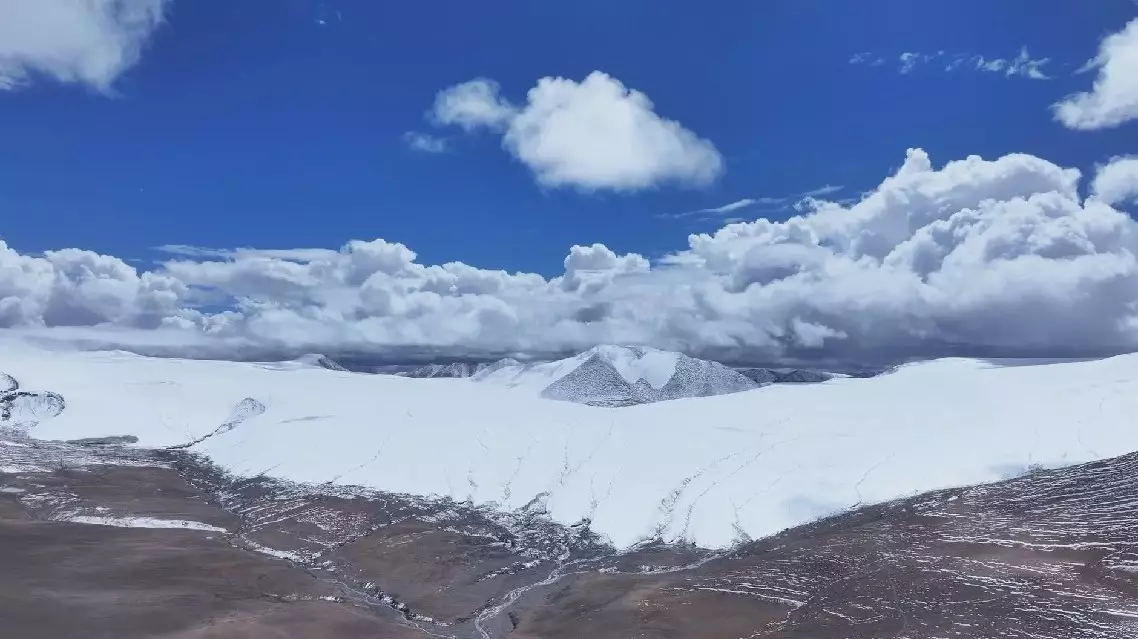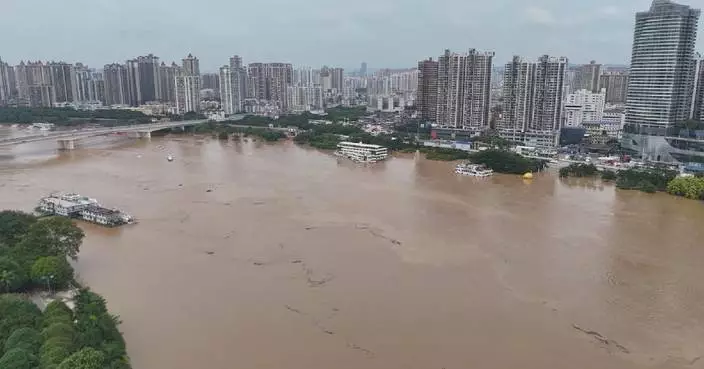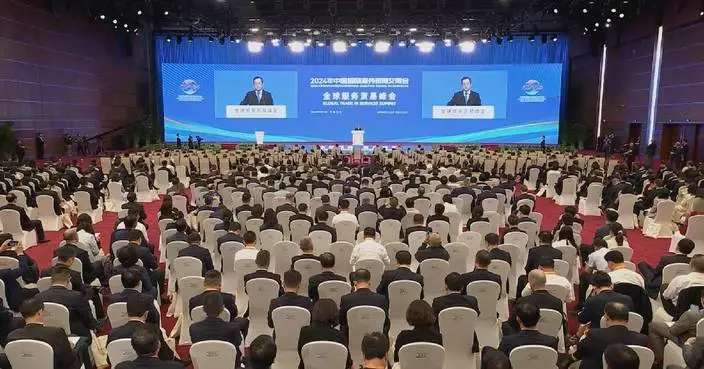A nation-wide campaign initiated three decades ago to mobilize resources on all fronts across the country to support the development of Xizang Autonomous Region has completely changed the economic and social landscapes of the region.
From July 20 to 23 in 1994, at the third national symposium on work in Xizang, the central government made a major decision of rallying national support for Xizang. Under the policy of pairing-up assistance for Xizang, 15 provinces and municipalities including Shanghai were designated to provide assistance to specific areas of Xizang.
Nationwide support for Xizang's development has delivered remarkable results. Between 1994 and 2022, a total of 11,900 officials and professionals were dispatched in ten groupings to assist Xizang. Coordination among provinces, cities and state-owned enterprises that assist Xizang has been intensified, and new models have been piloted in coordinated development, industrial cooperation, and management of paired-up assistance.
Efforts have been made to coordinate assistance in the forms of financial aid, technical support, poverty alleviation, and facilitation of industrial development and employment, as well as sending teams of medical and educational professionals.
"I went to Xizang in 1962, just before I turned 19. I spent 38 years in Xizang, during which the education in Xizang underwent a seismic change," said Ye Jing, former principal of Lhasa Experimental Primary School.
Zhang Yang was dispatched to Xizang in 2007 and served as the principal of Shigatse Shanghai Experimental School in the following two years. During the period, Zhang tried every possible means to help students enjoy better education.
"Faculty is the key to ensure that local children can receive good education. At that time, we invited teachers from Shanghai to come to Xizang to share their expertise with local teachers. Then I realized that it was not enough to just improve the education quality of our school, we should elevate the education quality of all schools in the region. So, I tried to send as many teachers in Shigatse as I can to Shanghai and Shandong to let them receive professional training, almost twice a year. By 2008, out of 11 students in the Xizang Autonomous Region who scored over 600 points in the high school entrance exam, nine were from our school," said Zhang.
On April 29, 2015, a powerful earthquake struck Nepal, killing more than 8,800 people. The earthquake also badly rocked Zhangmu Town, Shigatse's Nyalam County, and as a result, 40 out of 44 villages had to be rebuilt.
"We visited many villages and our top priority in the post-disaster reconstruction was to solve the problems that should be solved in poverty alleviation. We raced against time and worked around the clock, 24 hours a day, to carry out reconstruction. The entire county became a large construction site, and we spent nearly three years on it. It was until September 10, 2018 that our children finally returned to school. We held a grand ceremony to welcome students, and everyone burst into tears," said Tian Changqing, leader of the eighth batch of cadres to support Xizang fromYantai City, east China's Shandong Province.
By the end of 2019, Xizang had lifted 628,000 people out of poverty and delisted 74 county-level areas from the poverty list, accomplishing the historical feat of eradicating absolute poverty.

National aid program changes social, economic landscapes in Xizang









